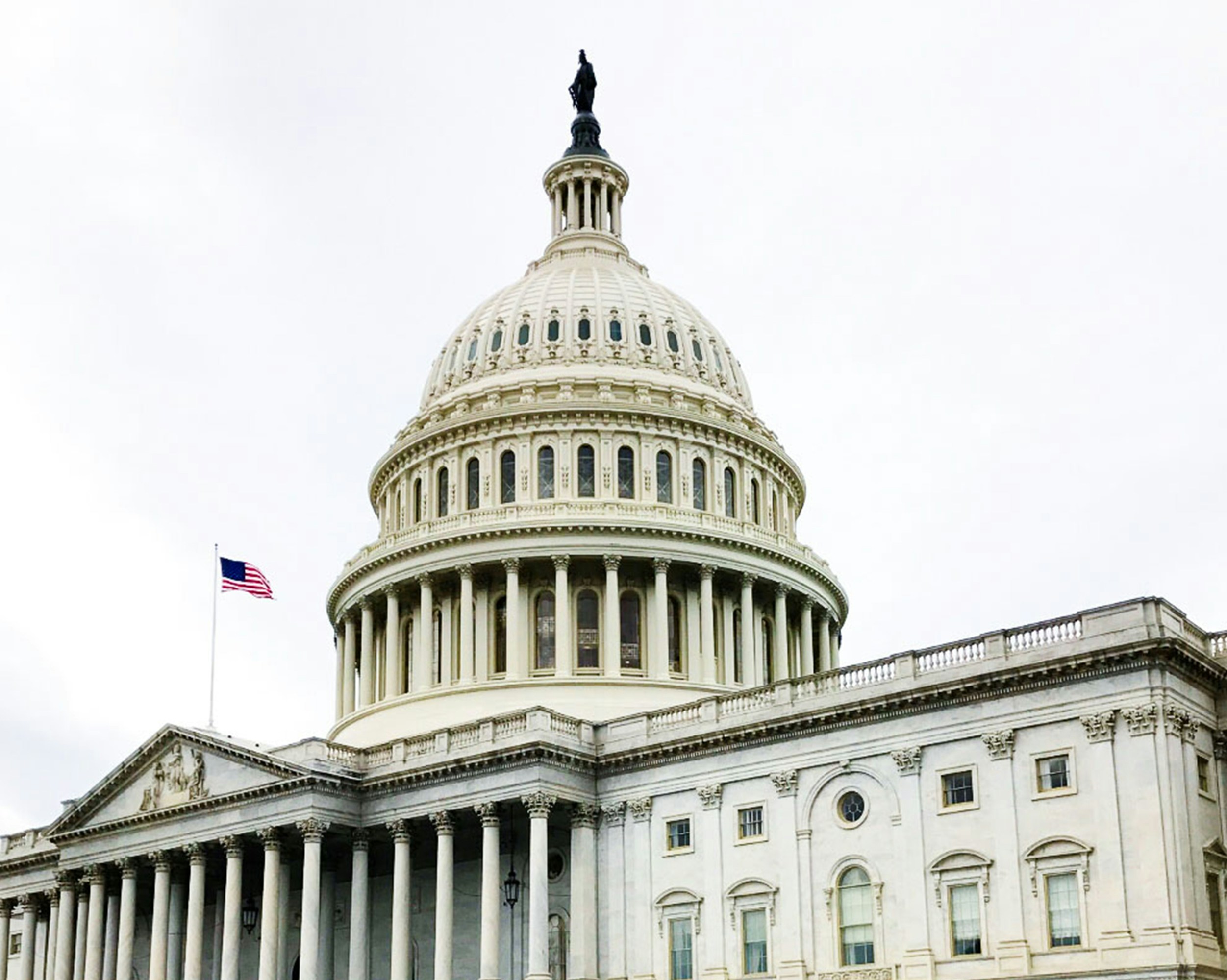
DOL Contradicts itself on use of employer-provided leave
- Breaking News
On April 7th, we reported to you that the Department of Labor issued new Q&As, two of which (Nos. 31 & 33) state that employers may require employees on Emergency FMLA to use employer-provided leave (e.g. PTO, vacation) concurrently with Emergency FMLA after the first two weeks. This was a reversal from DOL’s earlier position in the Q&As.
The problem with DOL’s revised Q&A is that it contradicts DOL’s Temporary Rules – which DOL issued at the same time. The Rules explain that the traditional FMLA regulations on the substitution of leave do not apply because Emergency FMLA, unlike traditional FMLA, is paid:
826.70(f) The first two weeks of Expanded Family and Medical Leave may be unpaid and the Eligible Employee may substitute Paid Sick Leave under the EPSLA at two-thirds the Employee’s regular rate of pay or accrued paid leave provided by the Employer during this period (see § 826.60). After the first two weeks of leave, Expanded Family and Medical Leave is paid at two-thirds the Eligible Employee’s regular rate of pay, up to $200 per day per Eligible Employee. Because this period of Expanded Family and Medical Leave is not unpaid, the FMLA provision for substitution of the Employee’s accrued paid leave is inapplicable, and neither the Eligible Employee nor the Employer may require the substitution of paid leave. However, Employers and Eligible Employees may agree, where Federal or state law permits, to have paid leave supplement pay under the EFMLEA so that the Employee receives the full amount of his or her normal pay. For example, an Eligible Employee and Employer may agree to supplement the Expanded Family and Medical Leave by substituting one-third hour of accrued vacation leave for each hour of Expanded Family and Medical Leave. If the Eligible Employee and Employer do not agree to supplement paid leave in the manner described above, the Employee will remain entitled to all the paid leave which is earned or accrued under the terms of the Employer’s plan for later use. This option is not available to Federal agencies if such partial leave payment would be contrary to a governing statute or regulation.
These contradictory positions leave employers in a quandary as to which DOL guidance to follow. We think the most prudent course is to follow the Temporary Rule quoted above as it has been published as DOL’s official position. The Department has been changing the Q&As on an almost daily basis and usually without notice.
The take-away: In the first two weeks of EFMLA, the leave is unpaid. An employee may choose to use available Emergency Paid Sick Leave (EPSL) during those first two weeks, but the employer may not require the employee to use their EPSL. If the employee elects not to use EPSL in the first two weeks, the employee may use applicable employer-provided leave balances (e.g., vacation, PTO).
Once in week 3 of EFMLA and beyond (when the employee is receiving 2/3 pay pursuant to the EFMLA paid leave provision), employer-provided paid leave balances may be used to supplement the partially-paid EFMLA only on the agreement of both the employer and employee.





